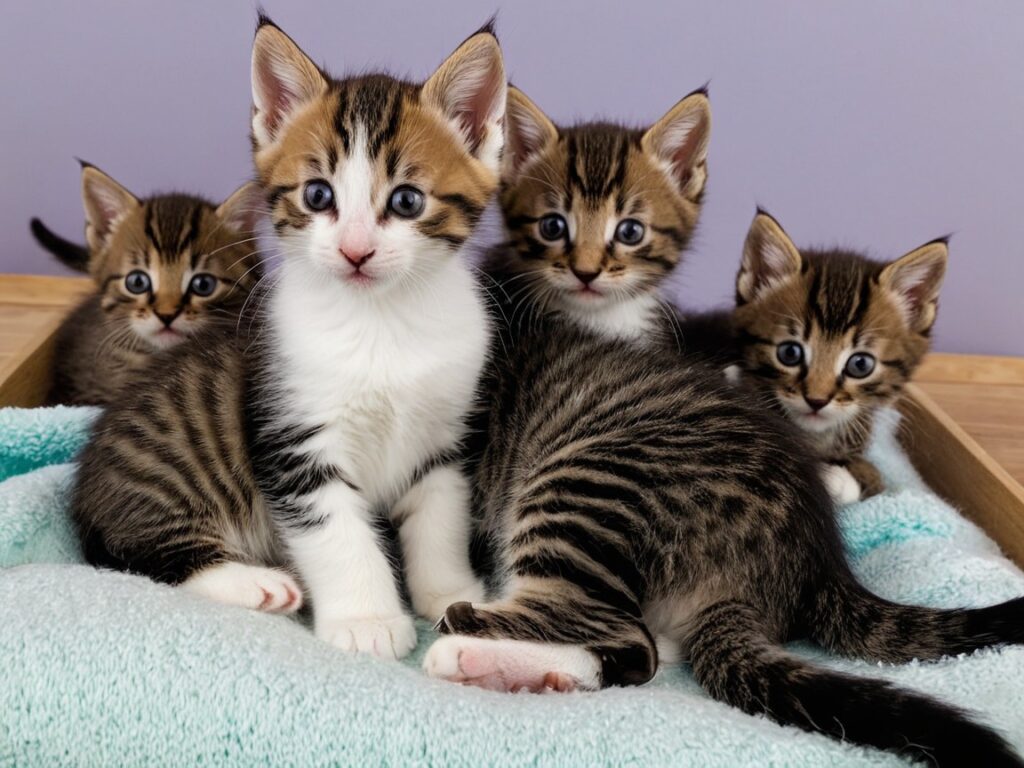Cat overpopulation is a silent crisis affecting communities worldwide, leading to untold suffering for countless felines. The sheer volume of homeless cats strains shelters, overwhelms rescue organizations, and often results in euthanasia for healthy, adoptable animals simply due to lack of space. Addressing this complex issue requires a multi-faceted approach, and for individuals passionate about animal welfare, understanding how to effectively contribute to the solution is paramount. This article will outline seven essential rescue tips that can make a tangible difference in the fight against cat overpopulation and promote long-term cat welfare.
Understanding the Roots of Cat Overpopulation
Before diving into solutions, it’s crucial to grasp the primary drivers behind cat overpopulation. Uncontrolled breeding, particularly of free-roaming and feral cat colonies, is the leading cause. A single unspayed female cat can produce numerous litters in her lifetime, and her offspring can begin breeding as young as four months old, leading to an exponential increase in the cat population. Other contributing factors include irresponsible pet ownership, such as abandoning cats or failing to spay/neuter pets, and a lack of public awareness regarding the severity of the problem.
1. Prioritize and Promote Spay/Neuter Initiatives
The single most impactful action anyone can take to combat cat overpopulation is to prioritize and actively promote spay/neuter initiatives. Sterilizing cats prevents unwanted litters, immediately reducing the number of kittens born into an already saturated world. Support your local animal shelters and rescue groups that offer low-cost spay/neuter programs. Volunteer your time, donate funds, or simply spread the word about the importance of these procedures. Educating friends, family, and neighbors about the benefits – not just for population control, but also for the cat’s health and behavior – is a vital step in fostering responsible pet ownership.
2. Embrace Trap-Neuter-Return (TNR) Programs
For feral and stray cat populations, Trap-Neuter-Return (TNR) is the most humane and effective method of population control. TNR involves humanely trapping feral cats, taking them to a veterinarian to be spayed or neutered, vaccinated, and eartipped (a universally recognized sign that the cat has been sterilized). After recovery, the cats are returned to their original territory, where they resume their lives without contributing to further reproduction. TNR stabilizes colonies, reduces nuisance behaviors associated with intact cats (like spraying and fighting), and significantly improves the overall health and well-being of the cats. Supporting or participating in TNR programs is a powerful way to address cat overpopulation in your community.
3. Foster and Support Shelter Animals
Animal shelters are often overflowing with adoptable cats, and fostering is a direct way to alleviate this strain. By opening your home to a shelter cat, even temporarily, you free up valuable space in the shelter, allowing them to rescue more animals. Fostering also provides a calmer, less stressful environment for the cat, helping them decompress and showcase their true personality, making them more adoptable. Furthermore, fostering kittens, especially bottle-fed newborns, is critical as they require intensive care that shelters are often ill-equipped to provide. Your dedication as a foster parent directly saves lives.
4. Advocate for Responsible Adoption and Ownership
Adopting a cat from a reputable rescue or shelter instead of purchasing from a breeder or pet store is one of the pillars of responsible pet ownership. When you adopt, you’re not only giving a homeless cat a second chance but also discouraging practices that contribute to overpopulation and irresponsible breeding. Beyond adoption, advocate for responsible ownership practices, including providing proper veterinary care, identification (microchipping), and never allowing pets to roam unattended outdoors, especially if they are not spayed or neutered.
5. Educate Your Community on Cat Welfare
Knowledge is power, and educating your community about cat welfare is an essential long-term strategy. This includes raising awareness about the severity of cat overpopulation, the benefits of spay/neuter, the humane treatment of animals, and how to coexist with feral cat colonies. Share reliable information on social media, organize local workshops, or volunteer to speak at schools or community groups. The more informed people are, the more likely they are to make responsible choices that benefit cats.
6. Support Your Local Rescues and Shelters Financially or Through Volunteering
Local animal rescues and shelters are on the front lines of the cat overpopulation crisis. They tirelessly work to rescue, rehabilitate, and rehome countless cats. These organizations rely heavily on donations and volunteers to operate. Financial contributions, no matter how small, help cover the costs of food, veterinary care, and facility maintenance. Volunteering your time, whether it’s cleaning cages, assisting with adoptions, fundraising, or even administrative tasks, directly impacts the number of cats they can help and improves their cat welfare.
7. Report Animal Neglect and Abandonment
In many cases, cat overpopulation is exacerbated by instances of neglect and abandonment. If you witness animal abuse, neglect, or abandonment, it is crucial to report it to your local animal control or humane society. These agencies are equipped to investigate and intervene, often preventing further suffering and rehoming animals in need. By being an advocate and reporting suspicious activity, you contribute to a safer environment for all cats and reinforce the importance of responsible pet ownership within your community.
Conclusion
Addressing cat overpopulation is a monumental task, but it’s one that can be tackled effectively through a collective effort. By embracing these seven essential rescue tips – from prioritizing spay/neuter and TNR to fostering, advocating, and supporting local organizations – individuals can play a critical role in mitigating this crisis. Every action, no matter how small, contributes to a future where every cat has a loving home and a chance at a healthy, happy life. The ongoing fight for improved cat welfare depends on our sustained commitment and compassionate action.

